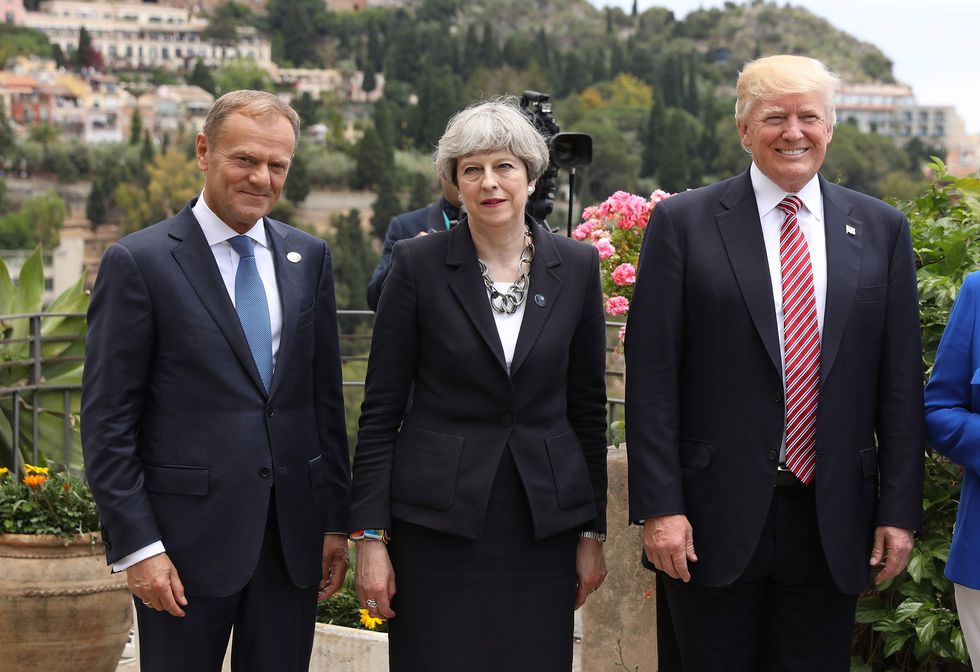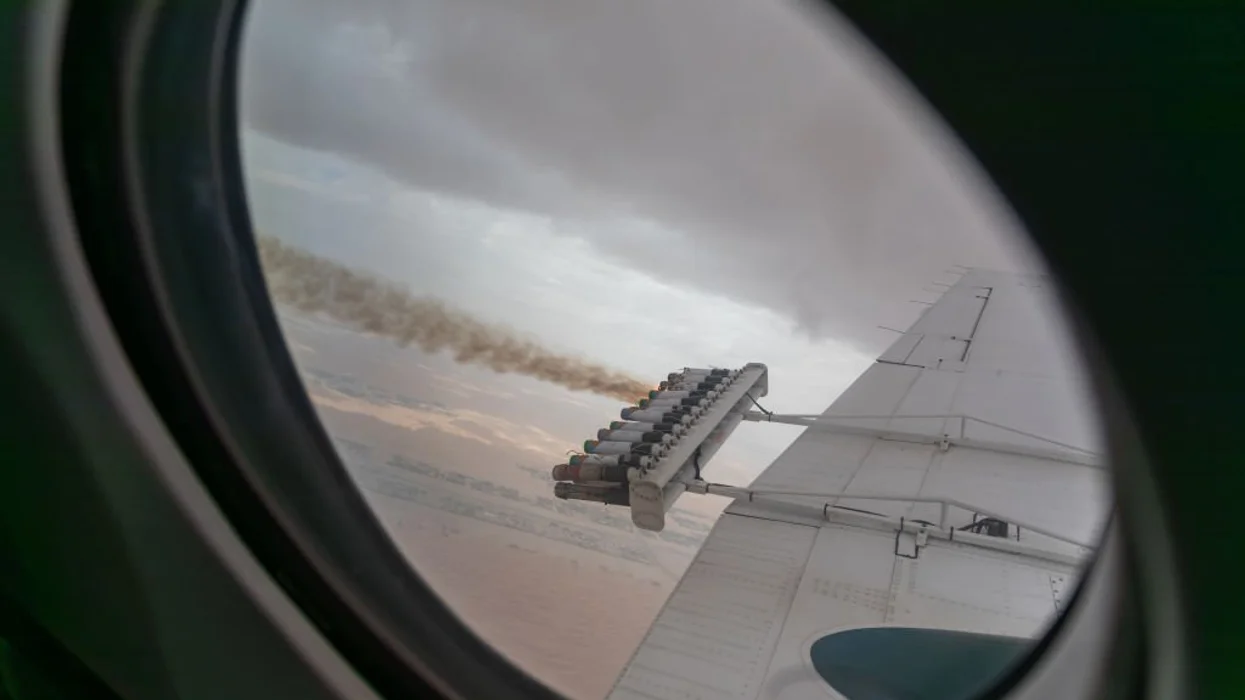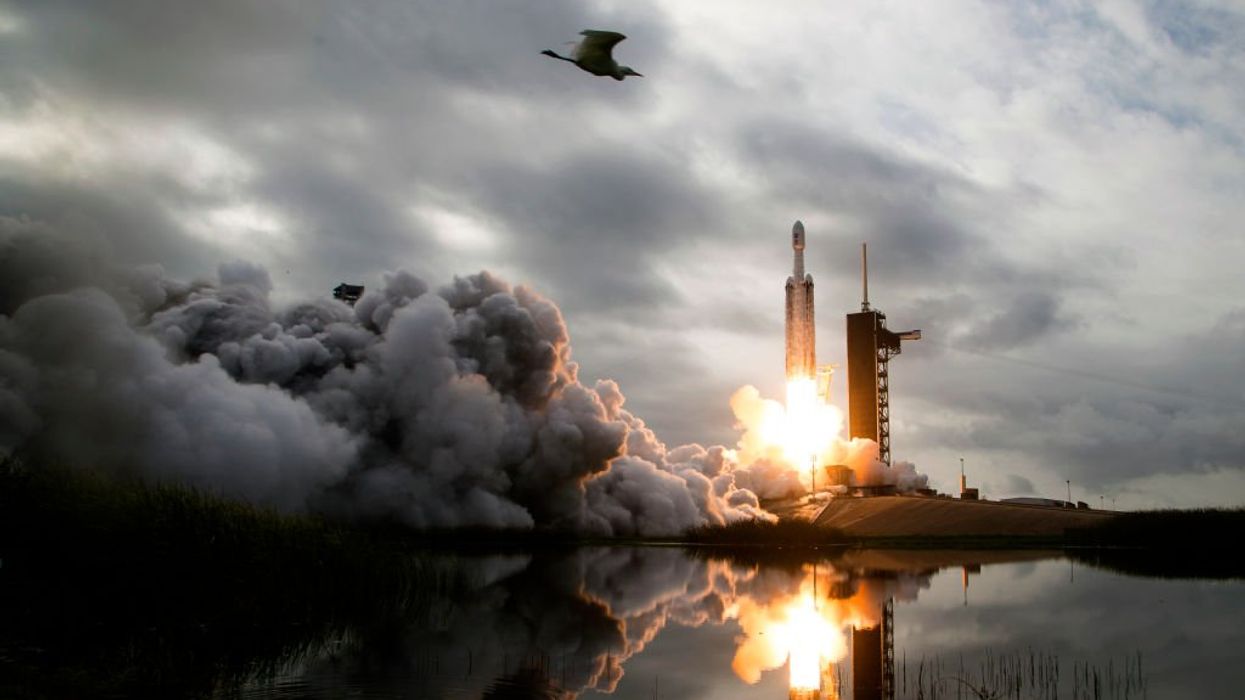On May 8, 1945, a violent protest in the small Algerian town of Sétif touched off a chain of events that led to a brutal war of insurgency that would engulf the entire country and threaten the stability of the French Republic.
After eight years of fighting, a poorly equipped militia of Muslim insurgents would emerge victorious, having dispossessed France of its most prized colonial territory and humiliated the vastly superior French Army, despite having lost every major military conflict during the entire course of the war.
The Algerian War ended in 1962, and as a consequence of both its location and its remoteness in time, its lessons have almost completely passed from the consciousness of Western leaders, especially in the United States.
Most Americans and Brits would be hard pressed to remember that a major war between France and the radical Islamic National Liberation Front (FLN) even occurred during the last century, much less any of the particulars of the conflict.
But if Western leaders have forgotten the Algerian War, their Muslim counterparts most certainly have not. Virtually every Muslim insurgency — up to and including the insurgency in post-invasion Iraq that so bedeviled the administration of former President George W. Bush — has openly drawn on the tactics of the FLN for inspiration, and for good reason: The West has not yet figured out a way to defeat these tactics, in spite of decades of trying.
Western leaders seem disinclined to even attempt new tactics in response, favoring instead the same playbook of response that failed for the French and has failed for virtually every Western power since. In the final analysis, it is difficult to know what will work to end a Muslim insurgency of terrorism; all we know for sure is what will not work, and for that we must look to back to Algeria.
The conflagration started, as previously stated, in Sétif during what was supposed to be a joyous occasion. France was commemorating the final victory over Adolf Hitler in Europe with a series of parades throughout its empire on May 8, 1945: V-E Day. Algeria had been a part of the French empire for more than 100 years and, due to its proximity to the mother country, was considered to be an integral part of France itself.
Millions of Europeans (primarily French and Italian) had settled in Algeria and made it home for generations; these "pieds-noir" were largely wealthy and had tremendous political influence back home. Also, massive deposits of oil were found in Algeria in the incipient stages of the war, which made Algeria an even more valuable property of France.
On V-E day, it was unthinkable that Algeria would ever not be part of France. Even most of Algeria's primarily Muslim population was for the most part happy with the arrangement.
A small minority, however, was not. Some troublemakers among this discontent population infiltrated the victory day parade in Sétif and began agitating for Algerian independence. The confrontations, on a day raw with emotion, turned shockingly violent.
According to historian Alistair Horne, the rampaging Muslim mob ultimately killed 103 Europeans that day and wounded more than 100 others. Many women were brutally raped, including one who was reported to have been 84 years old. As Horne noted in his definitive treatise on the Algerian War, "Many of the corpses were appallingly mutilated: women with their breasts slashed off, men with their sexual organs stuffed in their mouths."
France's response to the horrors perpetrated by the mob in Sétif was predictable and lauded by the pieds-noir as both necessary and wise. If the mob of Muslims in Sétif was violent and destructive, they were about to witness the amount of destruction that could be caused in short order by a modern military, operating under the direction of politicians who had been whipped into a justifiably righteous fury.
Entire villages in the area were subjected to the process of "ratissage" — or "raking over" — which featured summary executions of suspects and of those who were suspected of harboring suspects. French bombers obliterated suspected Muslim extremist enclaves with extreme prejudice. A French destroyer lying off in the Gulf of Bougie bombarded the nearby town of Kerrata indiscriminately. In addition to the exertions of the French military, the pieds-noir also organized massive vigilante raids into Muslim territories.
It is difficult for historians to accurately estimate the total number of Muslims killed in all the French reprisals for the Sétif riots, but most historians agree that the figure was easily over 5,000, while Muslim agitators claimed that the number was actually over 45,000. In either case, even the French official report (which is generally believed to have wildly understated Muslim casualties) indicated that the French killed more than 10 Muslims in reprisal for each European killed during the riot.
The French officials and pieds-noir leaders who favored a drastic, disproportionate response to the violence in Sétif may have imagined — not unreasonably — that they were sending a strong message to the country's Muslim population about the wisdom of further violence against Europeans. And indeed, a strong message was sent; although not the one the French would have preferred.
The French, it turns out, drastically underestimated the ability of Muslim extremists to use an incident like the Sétif reprisals as a propaganda and recruitment weapon. The end result of Sétif was not the pacification of the Muslim countryside but rather a shockwave of anger and resentment that turned a small group of discontents into a major political revolutionary force — a force that was capable, a few short years later, of mounting an organized paramilitary campaign against one of the premier armies on earth and turning the occasional mild protest against French rule into an all-out war.
The French military has often been maligned by Americans, perhaps chiefly due to their embarrassing performance in World War II. However, historically, the French have shown remarkable stubbornness and tenacity in times of extreme duress, as any student of World War I and Verdun can attest. And the French were determined, from the beginning, not to see Algeria become an independent country.
As former French President Francois Mitterand, who served as interior minister during the Algerian War, boldly declared, "l'Algérie, c'est la France!" ("Algeria is France!") the average Frenchman could no more conceive of an independent Algeria than the average American could conceive of an independent Ohio. Millions of French citizens resided there, France had important agricultural interests there — and additionally, as stated earlier, massive oil deposits were discovered at the beginning of the conflict, making the idea of relinquishing Algeria even more unthinkable.
And throughout the war, France essentially repeated the same mistakes they made in Sétif. There can be no doubt that the FLN engaged in reprehensible conduct — deliberate targeting of civilians, use of women as suicide bombers, torture and public mutilation of pieds-noir.
France's response to every provocation was escalation: torture in response to torture (both for intelligence-gathering and retribution), massive bombings, reprisals against whole communities that were suspected of harboring terrorists, and the eventual use of Harkis, an especially violent group of local Muslims whom the French conscripted into their fight against the FLN.
The script never changed: the FLN committed an atrocity, and the local population either dismissed it or disbelieved it. The French escalated in response, and their response was used as very effective propaganda and recruitment tools.
And every single Muslim insurgency since Algeria has learned from these tactics — and refined and perfected them. If there is one thing we know by now, it is that a campaign of escalating violence and brutality will not defeat a Muslim insurgency; in fact, they welcome it because they know it will likely swell their ranks. For proof of this concept, one need look no further than the North Caucasus, where Russian President Vladimir Putin's strident (and ongoing) response to the appalling slaughter of schoolchildren in Beslan has not succeeded in quelling the ongoing insurgency there, where hundreds of combatants on both sides are killed each year.
The point of the Algerian conflict is not to prove what will work, since no one has yet found the key to unlock this particular puzzle. When Alistair Horne was informed that Ariel Sharon kept a copy of his treatise about the Algerian War by his bedside, he included in a foreword to the book a note from a book reviewer who observed dryly, "[Sharon] must have tragically misunderstood [the book]. That book could not tell him what to do, but it could have told him what not to do."
And what the conflict tells us is that, whatever the value of the "they send one of yours to the hospital, you send one of theirs to the morgue" might have in a Chicago street fight, it has less than none in a fight against a Muslim insurgency.




